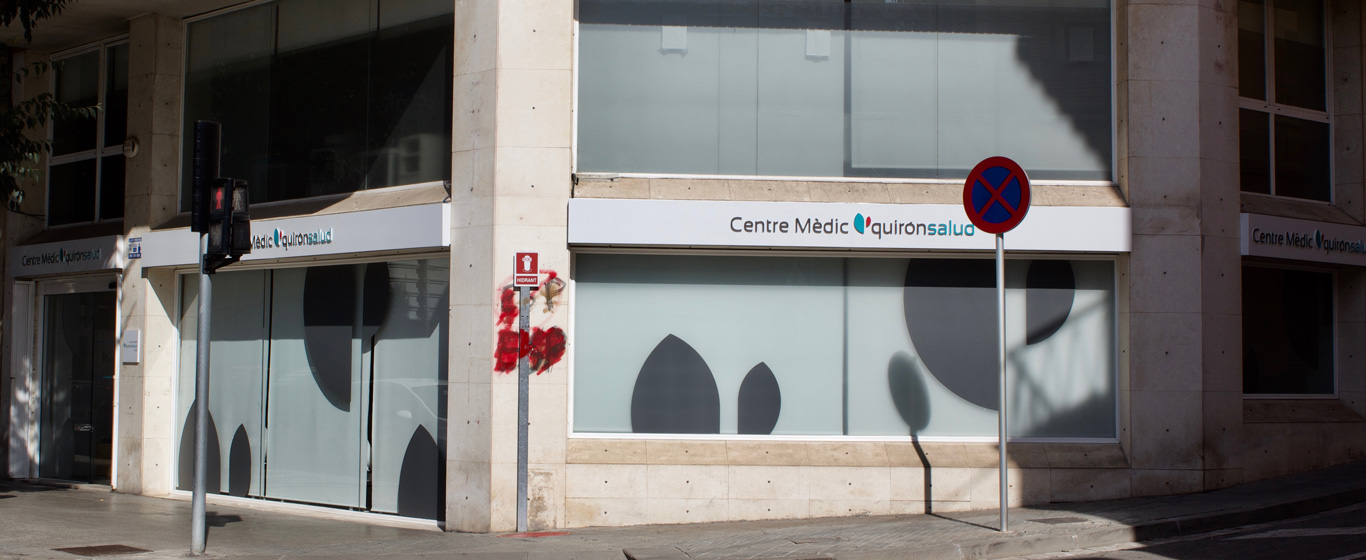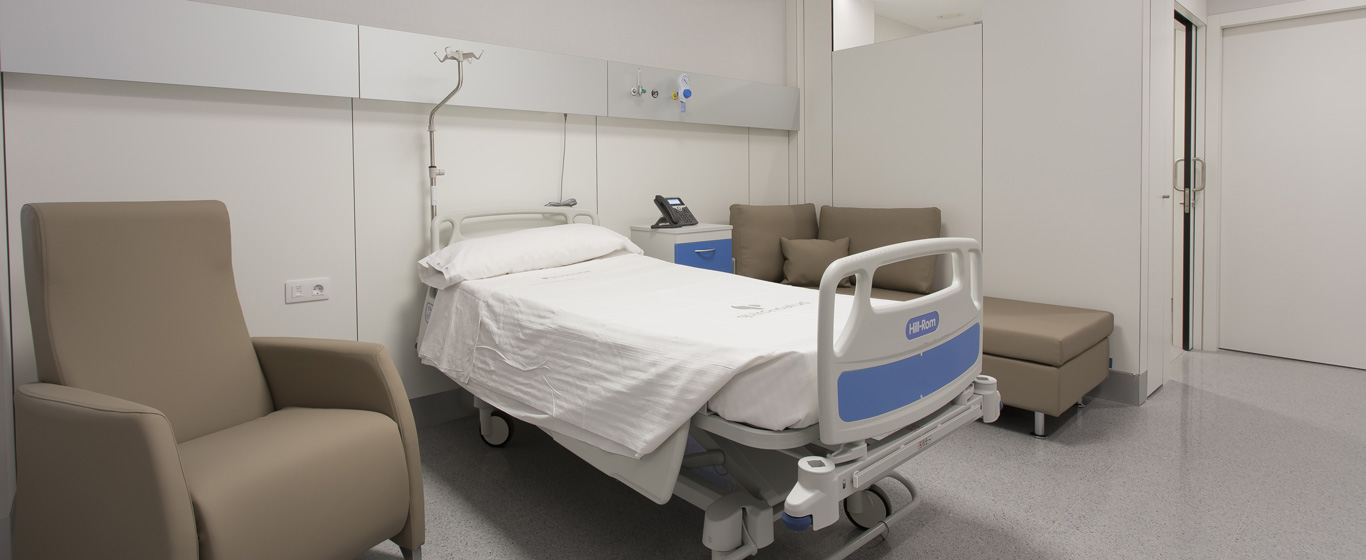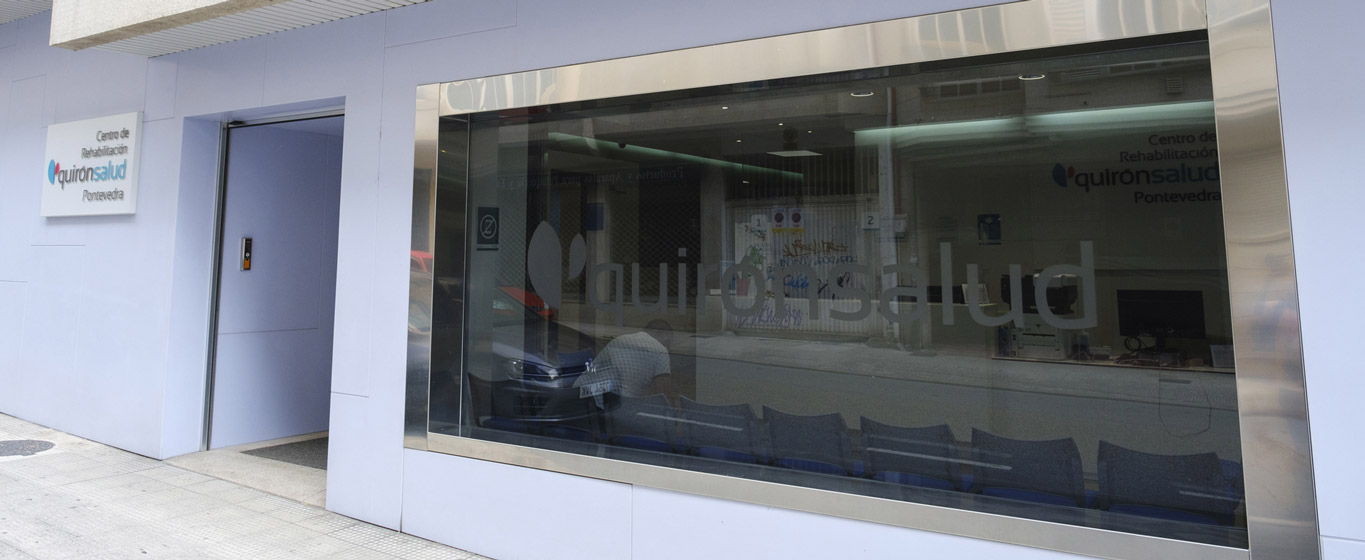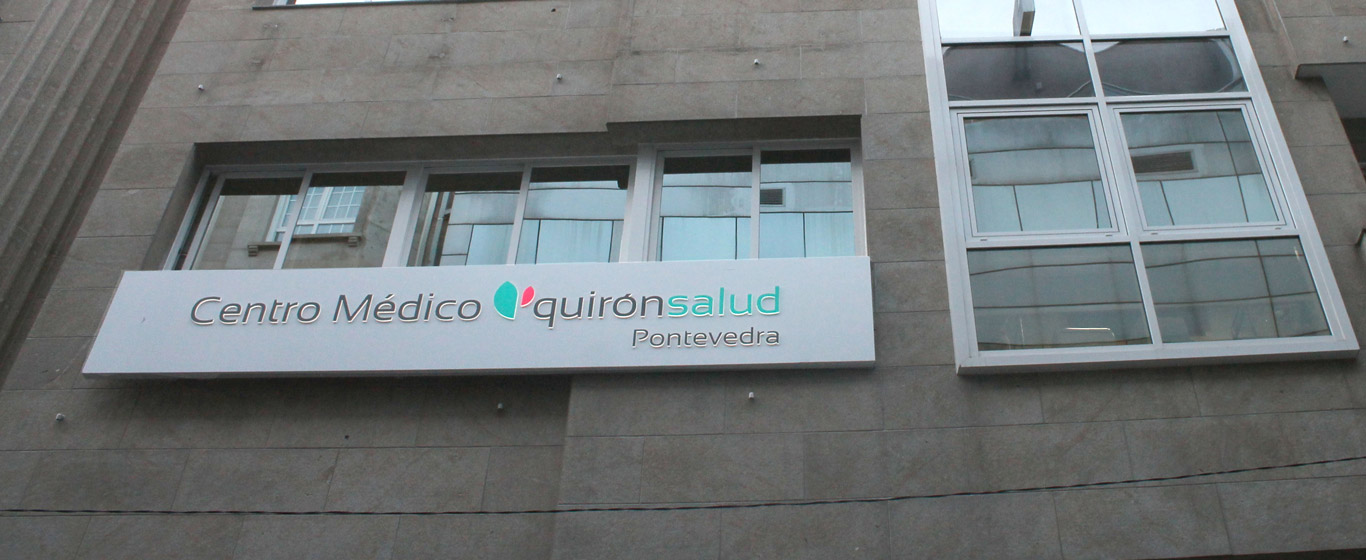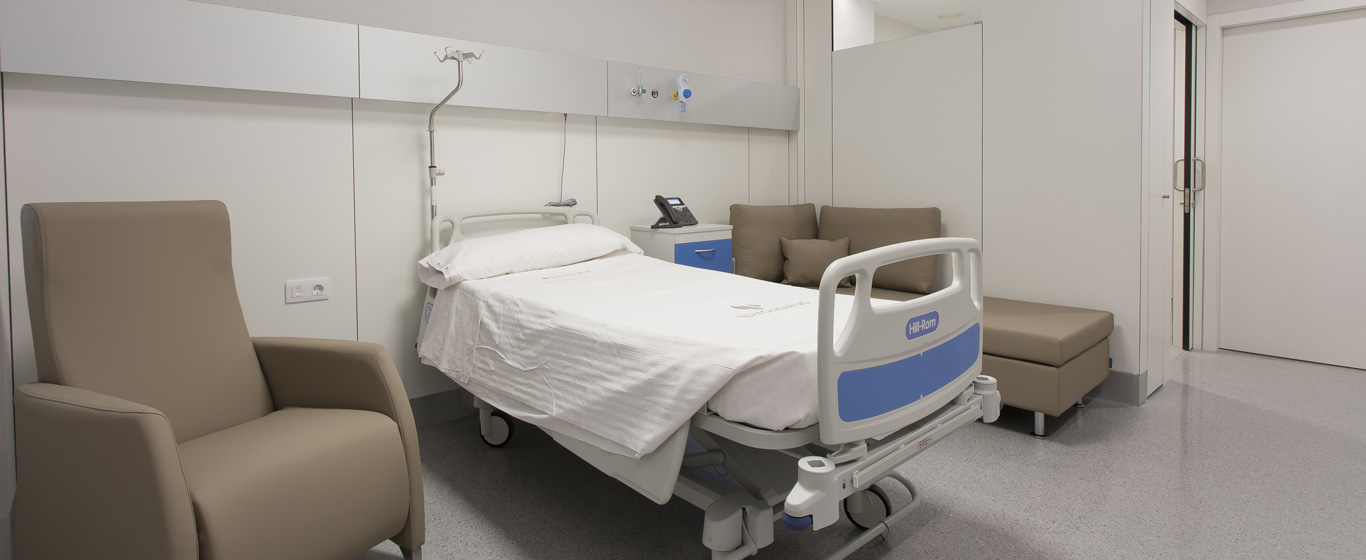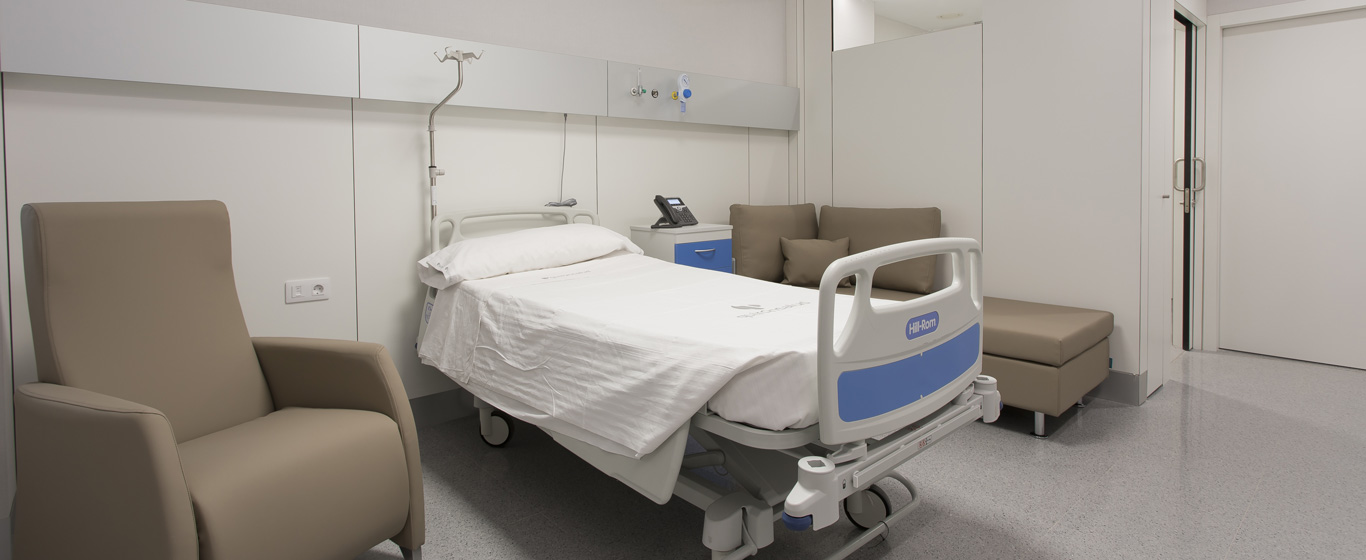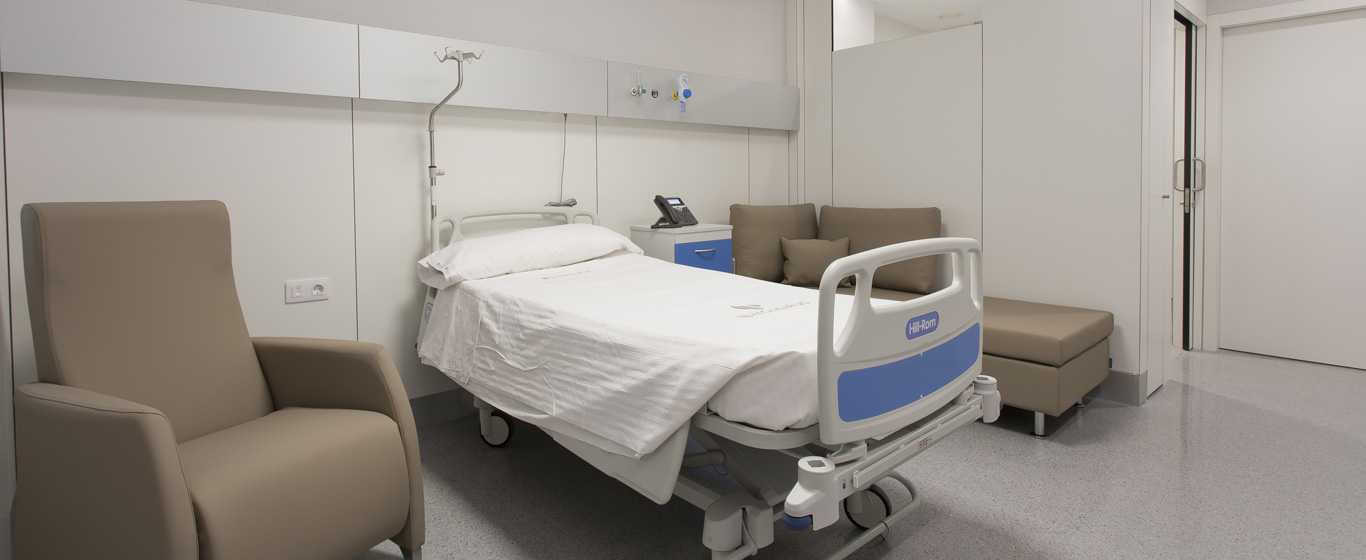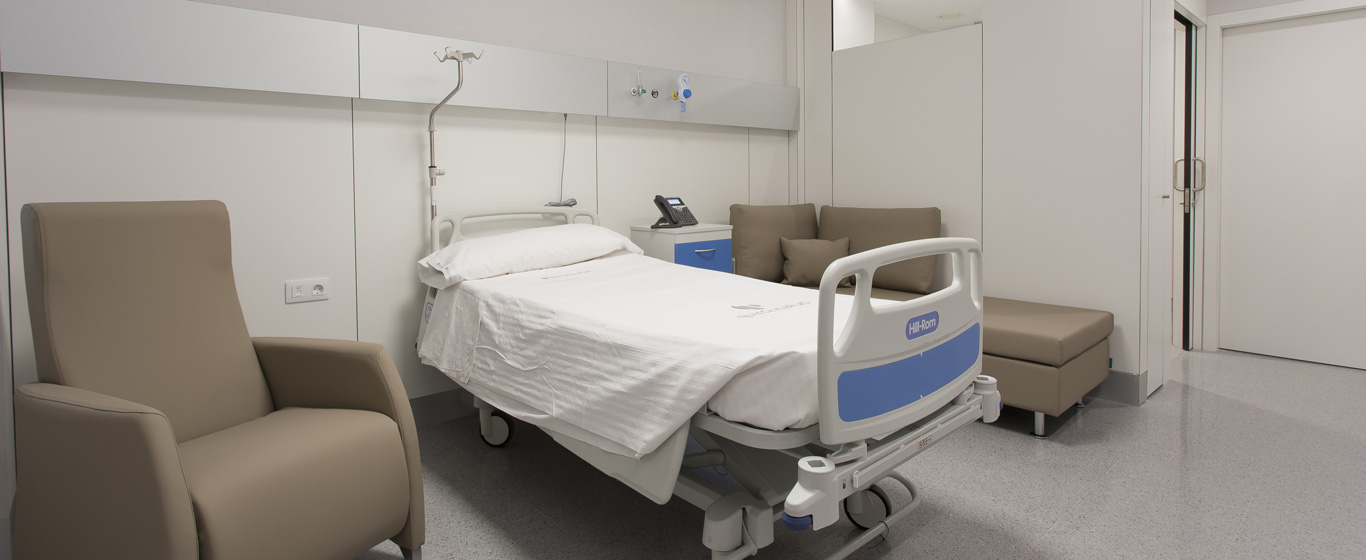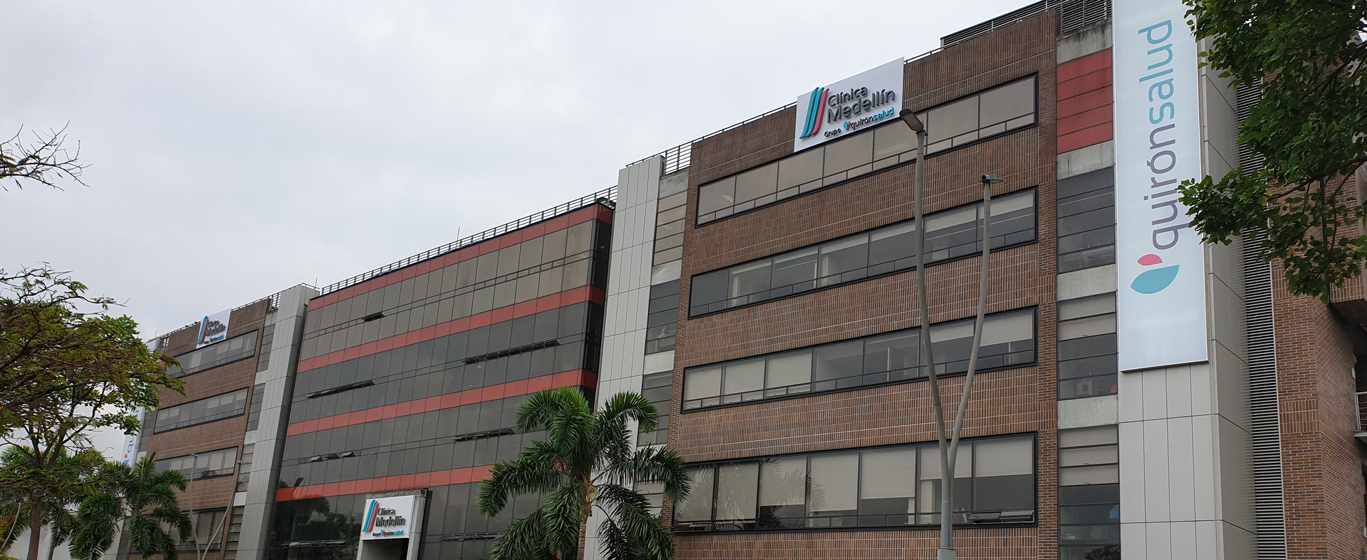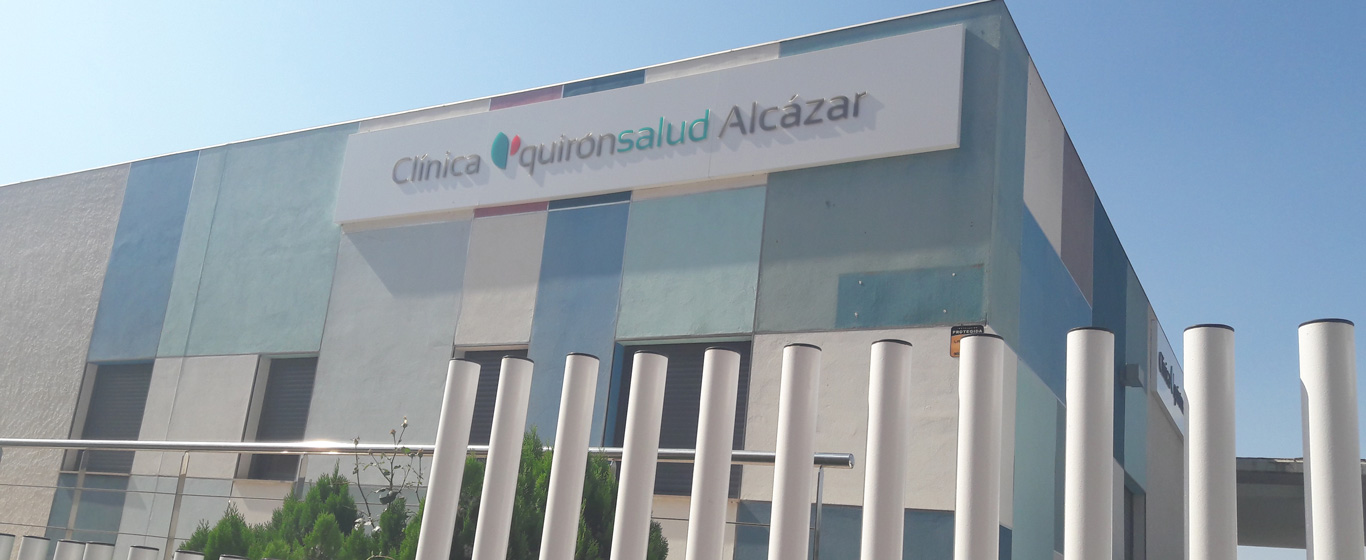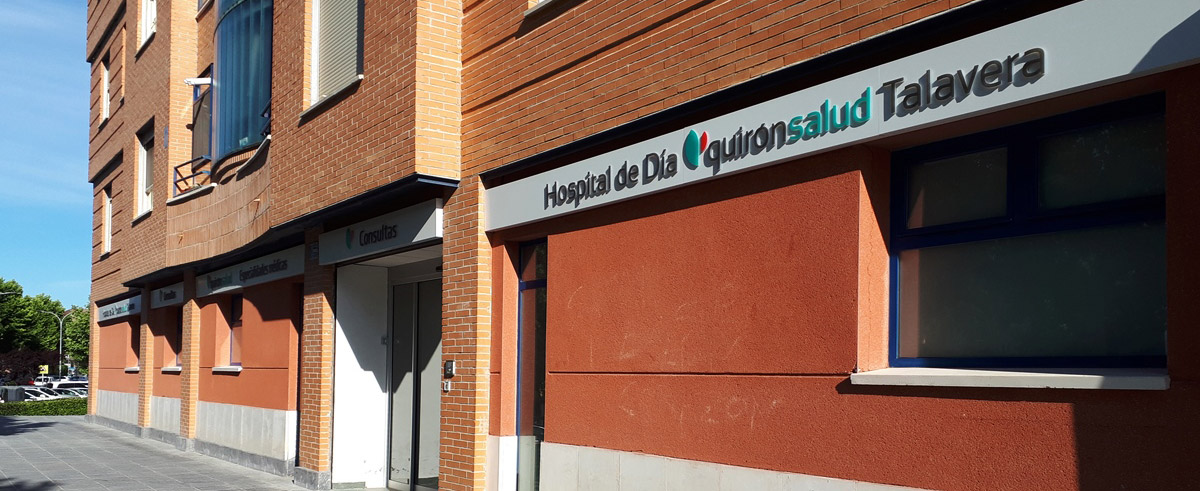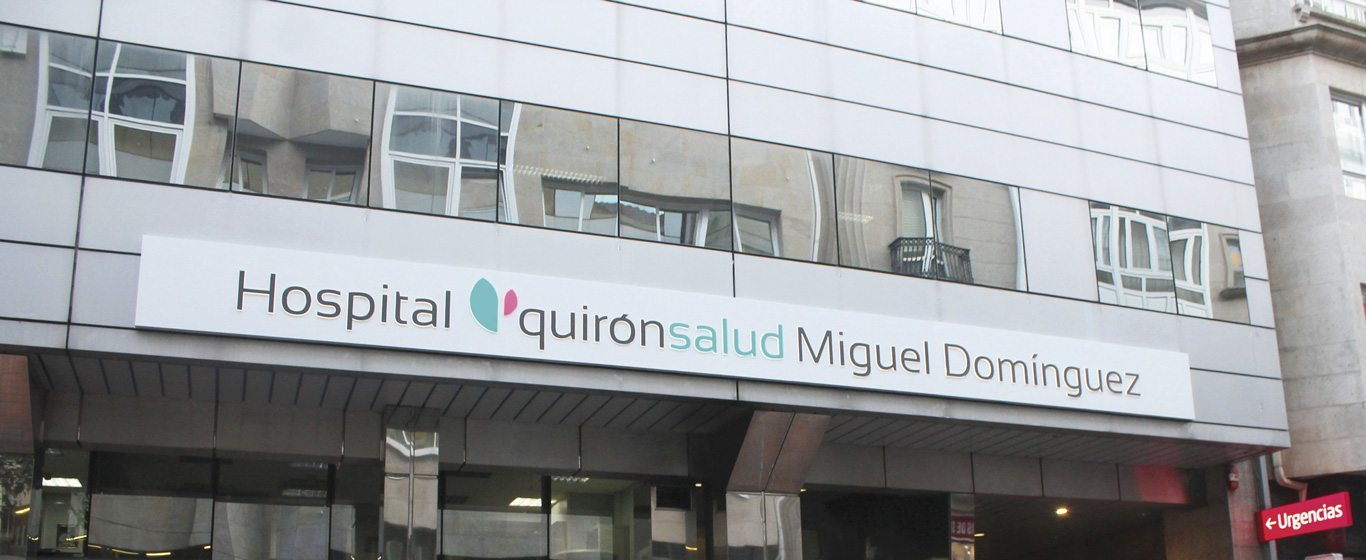Echocardiography
Echocardiography is used to check the heart’s function and condition. It is a type of ultrasound that provides moving images of both the heart muscle and the blood flowing through it.
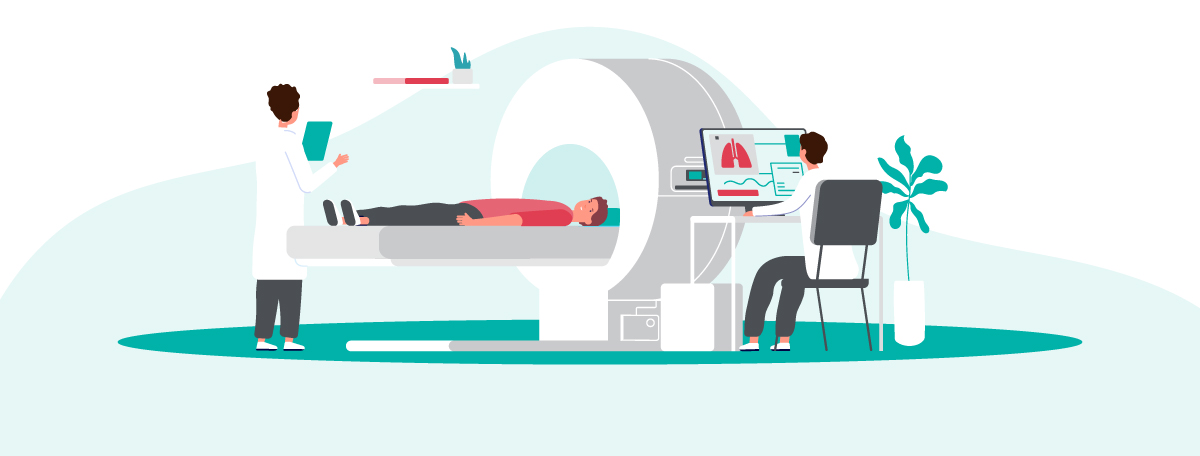
General Description
Echocardiography or echocardiogram is a diagnostic test that uses ultrasound (high-frequency sound waves) to gather information about the heart and, in some cases, the aorta and pulmonary trunk arteries. With the help of a technological device, the heart's electrical impulses are converted into moving images.
This procedure is used to determine the heart's shape, size, and strength, as well as the thickness of the tissue making it up or the presence of fluid around the pericardium (outer layer). It also helps to study its movement, the functioning of the valves, the speed of blood flow within, and the ejection fraction (the amount of blood pumped with each heartbeat).
There are different types of echocardiography depending on the technique used:
- Transthoracic echocardiogram: This is the usual procedure. It involves an ultrasound in which the probe is moved over the left side of the chest.
- Transesophageal echocardiogram: This invasive technique obtains images from inside the esophagus.
- Stress echocardiogram: Provides information about the heart's condition both at rest and during exercise.
- Pharmacological stress echocardiogram: Medications are used to simulate exercise-induced heart response when the patient is unable to engage in physical activity.
- Contrast echocardiogram: An iodine-free substance is injected to enhance the definition of heart structures and blood vessels.
The images can be obtained in different ways:
- Two-dimensional (2D) echocardiogram: Structures are seen as in traditional ultrasounds, with the heart appearing as a moving cone.
- 2D Doppler echocardiogram: The images are two-dimensional but display different colors for blood flowing in different directions.
- Three-dimensional (3D) echocardiogram: Cardiac structures are viewed in three dimensions, making the images more realistic and easier to interpret.
When is it indicated?
Echocardiography is performed to evaluate the heart's health or detect cardiac issues, usually in patients experiencing chest pain or shortness of breath.
Each type of echocardiogram is indicated in different cases:
- Transthoracic echocardiogram: Standardly performed in patients at risk of heart diseaseHeart DiseaseHeart Disease .
- Transesophageal echocardiogram: Done when higher-quality images are needed, especially when a heart thrombus, heart infection, or heart valve disease is suspected.
- Stress echocardiogram: Common in patients whose standard echocardiogram is altered due to a disease or when it is necessary to study whether the heart receives enough oxygen during intense physical activity.
- Pharmacological stress echocardiogram: The test of choice when the goal is the same as the previous case, but the patient is unable to exercise. A medication is administered to stimulate the heart muscle as if exercising.
- Contrast echocardiogram: Typically required when a previous echocardiogram didn’t produce clear images or its study was inconclusive. It is useful for assessing the left-side cardiac cavities or small blood vessels.
How is it performed?
The procedure for performing an echocardiogram varies depending on its type:
- Transthoracic echocardiogram: A water-based gel is applied to help transmit the waves and obtain clearer images. Then, a probe is moved over the chest to emit ultrasound waves and capture the echoes produced by the heart. When these echoes reach a computer connected to the probe, they are translated into real-time moving images. Additionally, electrodes are placed on the chest to monitor the heartbeats and synchronize the images with the heart's rhythm.
- Transesophageal echocardiogram: After administering a sedative to the patient, a small probe attached to a flexible tube is inserted through the mouth and into the esophagus.
- Stress echocardiogram: This test consists of two phases. The first is a normal transthoracic test at rest. The second phase involves performing the echocardiogram while the patient exercises on a treadmill.
- Pharmacological stress echocardiogram: Unlike the previous one, the patient remains at rest, but a medication (dobutamine or dipyridamole) is gradually administered intravenously until the heart reaches the typical frequency during exercise.
- Contrast echocardiogram: The procedure is the same as the transthoracic echocardiogram, but a contrast substance is injected beforehand.
Risks
As echocardiography does not emit radiation, it is a procedure that does not pose any health risks.
There may be some discomfort when the medication or contrast is administered. Occasionally, there can be an allergic reaction to the contrast, though it is rare. Some side effects of the medication used in stress echocardiograms include palpitations, sweating, headaches, or dizziness.
After a transesophageal echocardiogram, there might be difficulty swallowing, hoarseness, mild bleeding, nausea, or slight bleeding.
What to expect from an echocardiogram
Echocardiography is an outpatient procedure, and you can resume normal activities immediately afterward.
The transthoracic echocardiogram lasts between 30 and 45 minutes and follows these steps:
- The patient undresses from the waist up and lies on their left side on an examination table.
- To help with the procedure, the left arm is placed under the head.
- Once in the correct position, electrodes are attached to the chest and connected to the device that records the heart's rhythm.
- When the gel is applied, it’s normal to feel a bit of cold, but this passes in a few minutes.
- While the specialist moves the probe over the chest, the patient may feel slight pressure, but it should never be painful. At times, it may be necessary to hold your breath for clearer images.
- Once all the necessary information is gathered, the gel is wiped off with a paper towel, and the electrodes are removed.
For the transesophageal echocardiogram, a sedative is administered intravenously to ensure the patient does not feel discomfort, and oxygen is delivered through nasal cannulas. The oxygen level in the blood is monitored using a pulse oximeter (a device placed on the finger). Once the sedative takes effect, the probe is inserted through the throat. Afterward, the patient is observed for about an hour.
The second phase of the stress echocardiogram takes place with the patient on a treadmill, with the speed gradually increasing every three minutes. When the heart reaches maximum effort, the probe is applied to obtain the images. If any unusual fatigue or symptoms occur, the test can be stopped immediately.
Although the specialist obtains a lot of information during the test, the report with the results is usually made after reviewing all the data. Typically, the results are explained to the patient in a follow-up appointment a few days later.
Specialties in which echocardiography is requested
Echocardiography is a test typically used in cardiology.
How to prepare
No special preparation is required before an echocardiogram. There is no need to fast, and regular medications can be taken.






